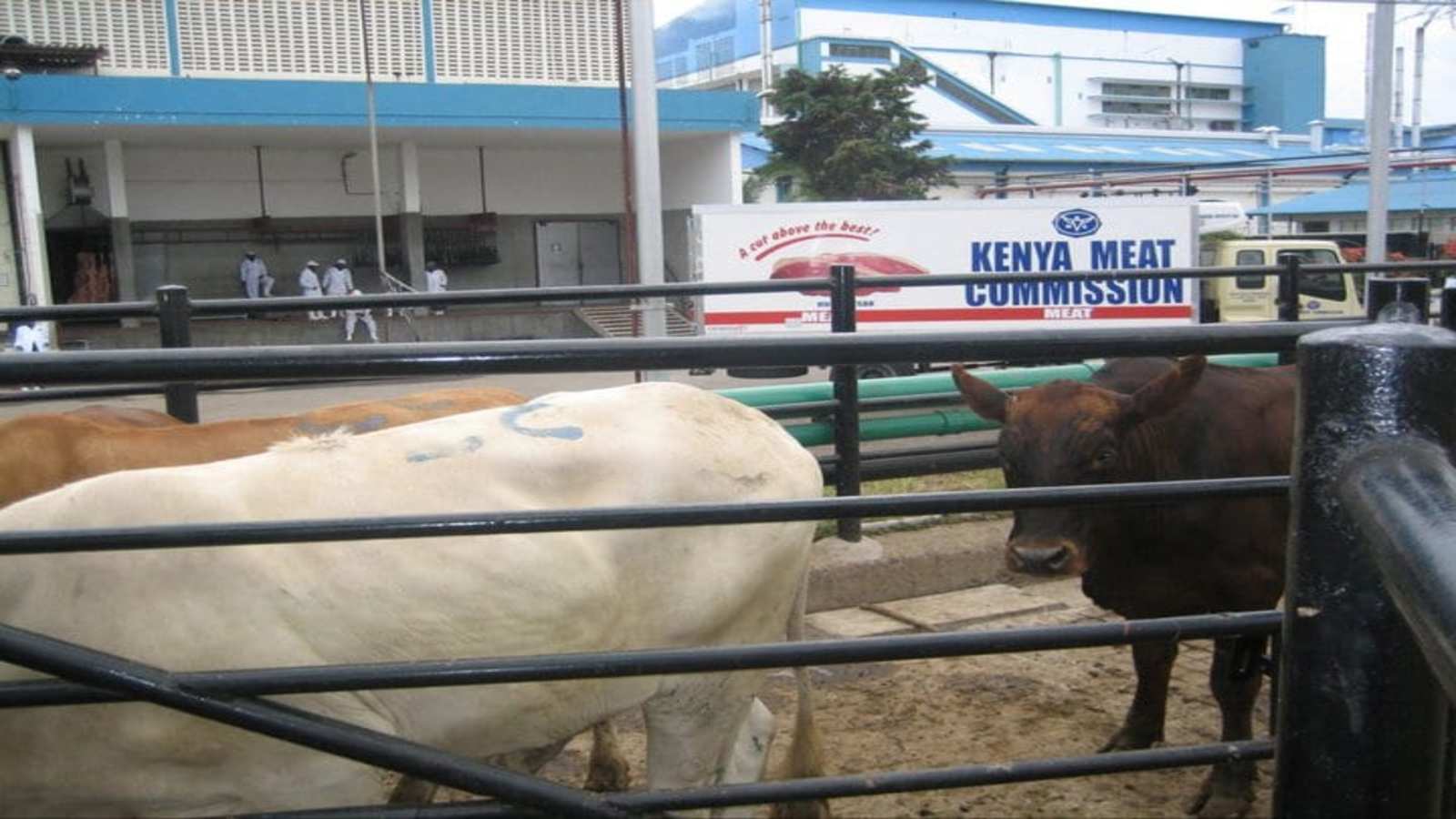SOUTH AFRICA – The Harvest Table, South African maker of pure whole and functional foods has launched a new range of shakes targeting children below 12 years of age.
According to Harvest, each shake contains prebiotics, probiotics, protein, magnesium, barley grass juice, and lion’s mane mushrooms, flavoured with chocolate or blueberry.
“Parents no longer have to worry about their children getting enough nutrients. This meal replacement can be prepared with three tablespoons of the shake, 250ml of water and three ice cubes, all blended and ready to be enjoyed in a matter of seconds. This range combines great taste, good nutrition and, of course, convenience,” Catherine Clark, Owner and Founder of The Harvest Table said.
Catherine came up with the concept in a bid to provide a meal replacement option to kids that is not only nutritious but tasty and convenient ending mealtime wars.
“This range combines great taste, good nutrition and, of course, convenience.”
Catherine Clark – Owner and Founder of The Harvest Table
To further appeal to its targeted audience, the company has created a vibrant and environmentally friendly packages for the products.
“We’re proud to launch a range that features different packaging for girls, boys and different age groups. We did not want to produce one-size-fits-all packaging, but rather, products that were inviting and appealed to the child’s imagination, all while making the parent’s job easier,” Catherine says.
In other related news, American based food ingredients supplier Bunge Loders Croklaan has announced the launch of Betapol Select, a lipid ingredient for infant formula that “mimics the fat composition of Chinese mother’s milk”.
According to a statement from Bunge, the new ingredient is developed out of a recent study that showed existence in variation in mother’s breast milk from different regions.
“Research in infant nutrition made us understand that macronutrients in human breast milk vary – not only with lactation stages, diurnally and within feeds, but also regionally. These regional differences are influenced by the mother’s origin and diet,” said Dr Emiliano Rial Verde, vice president nutrition at Bunge Loders Croklaan.
The company says that in Western mothers’ milk fat, OPO (oleic-palmitic-oleic) is the most prevalent triglyceride, followed by OPL.
Chinese mothers’ milk however, proved to be fundamentally different, containing OPO as the most prevalent triglyceride followed by OPL (oleic-palmitic-linoleic).
To mimic this balance, the Bunge’s new infant lipid solution provides a high level of SN-2 palmitate with the right combination of OPL and OPO triglycerides.
Bunge says that the presence of palmitic acid in the centre position (SN-2 palmitate) has been clinically proven to improve energy intake, increase bone mineral density, increase healthy gut bacteria and improve sleep, among other benefits.
Liked this article? Subscribe to Food Business Africa News, our regular email newsletters with the latest news insights from Africa and the World’s food and agro industry. SUBSCRIBE HERE










